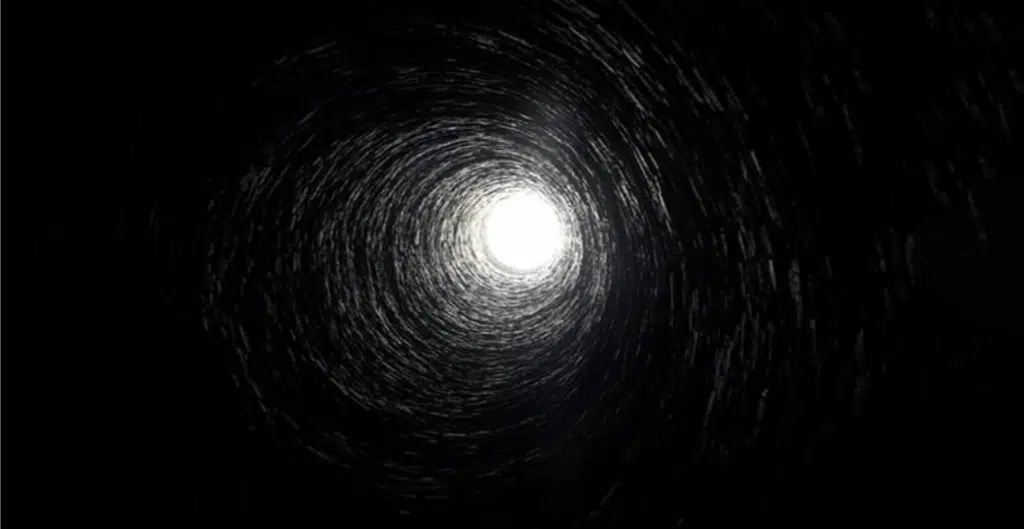Carpal Tunnel Syndrome (CTS) is a condition that results from the median nerve being pinched in the wrist. Carpal refers to the 8 small bones in the wrist that make up the “U” shaped part of the tunnel. Syndrome means symptoms that are specific and unique to this condition. CTS affects the pinched nerves in the forearm, elbow, mid-upper arm, shoulder, or neck. Clinical history and examinations allow an accurate diagnosis of one or more of these “tunnel syndromes.” Let’s look at the different tunnels to help you differentiate between these various syndromes or conditions.
Neck
In this paragraph, let’s start at the neck. There are seven cervical vertebrae and eight cervical spinal nerves that exit the spine through a small hole called the intervertebral foramen. These nerves have a specific location such as the head, the neck and shoulders, the arm, the hand, and fingers. If a nerve gets pinched at the spinal level, there can be numbness, tingling, and/or pain. Usually, weakness in the affected part/s of the arm and hand can develop from the pinched nerve. Generally, as a chiropractor, we test the patient’s sensation. These consist of light touch, pinprick, vibration, and/or 2-points and compare it to the other arm/hand. Reflexes and muscle strength are tested to see if the motor part of the nerve is involved in the pinch. This exam includes compression tests of the neck to see if the arm “lights up” with symptoms during the test.
Shoulder
The nerves and blood vessels in the shoulder travel through an opening between the collar bone, 1st rib, and the chest muscles. The nerves and blood vessels can stretch and pinch as they travel through the opening causing thoracic outlet syndrome. Symptoms occur when we raise the arm overhead. Hence, our tests include checking the pulse at the wrist to see if it reduces or lessens in intensity as we raise the arm over the head. In the shoulder, the ulnar nerve is the most commonly pinched nerve. This nerve will make the pinky side of the arm and hand numb, tingly, and/or painful. A less commonplace to pinch the nerves is along the upper arm by a bony process and ligament that is resulting from a fracture. Here, an x-ray will show the problem.
Elbow
The elbow is the most common place to trap the ulnar nerve in the “cubital tunnel” which is located near the “funny bone.” Cubital tunnel syndrome affects the pinky side of the hand from the elbow down. The median/carpal tunnel nerve becomes trapped by the pronator teres muscle. This can cause “pronator tunnel syndrome.” This commonly accompanies CTS and MUST be treated to obtain good results for CTS patients. The radial nerve can be trapped at the radial tunnel located on the outside of the elbow and creates thumb side and back of the hand numbness/tingling.
Conclusion
There is importance in evaluating and treating ALL the tunnels when CTS is present so a thorough job is done. Chiropractors are thorough with treating carpal tunnel syndrome so that you can feel better with your day-to-day activities. Try the LEAST invasive approach first – non-surgical treatment – as it’s usually all that is needed! If you are looking for chiropractic care in North Dallas, contact us today!



